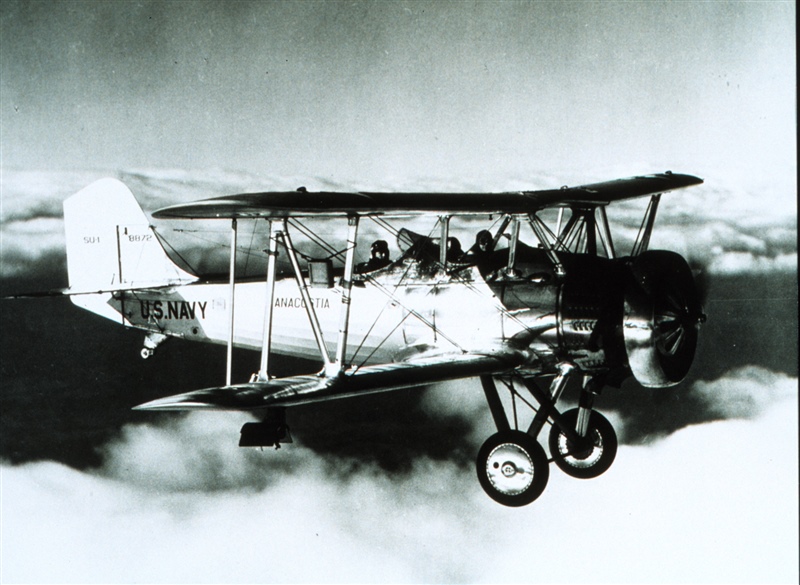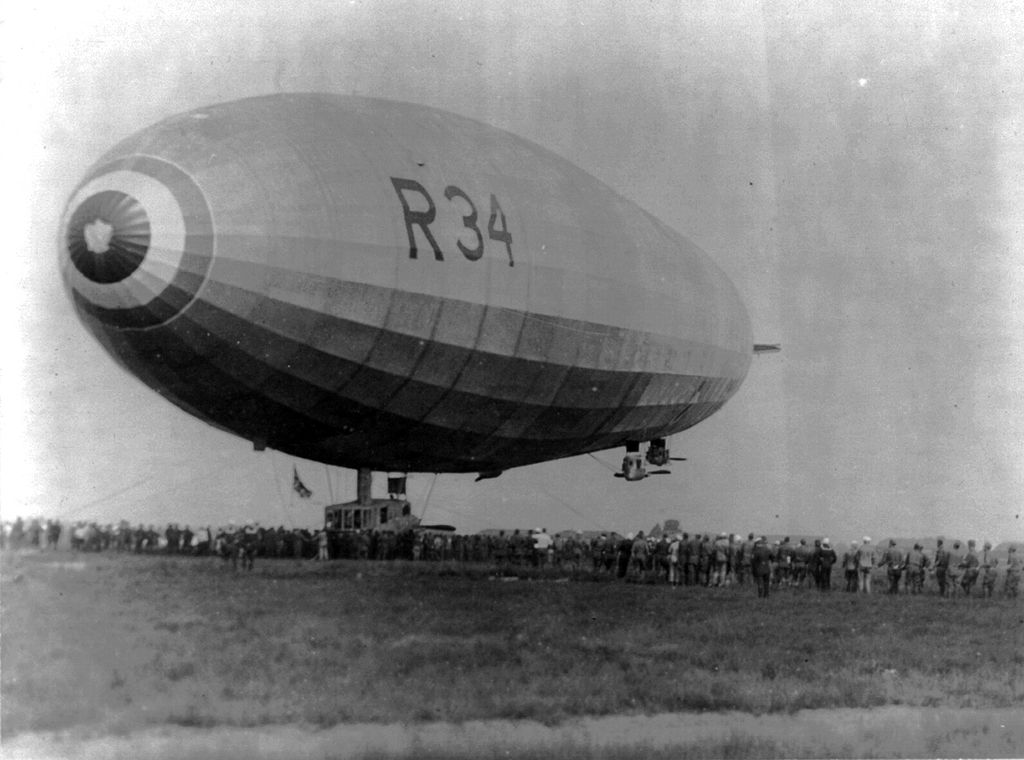The Weather Bureau's "Flying Forecasts" - National Weather Service Heritage

The Weather Bureau's "Flying Forecasts"
By Chris Geelhart (chris.geelhart@noaa.gov)During World War I, the Weather Bureau cooperated with the Army and Navy on the subject of aviation-specific forecasts. The Navy requested forecasts and warnings for trans-Atlantic flights, and were satisfied with the new service.
In his 1919 Report of the Chief of the Weather Bureau, Charles F. Marvin wrote:
From a phenomenal development under the stimulus of war necessities, the navigation of the air is rapidly extending to its civil and commercial or industrial stage. Flying in ignorance or disregard of meteorological conditions and warnings is at times suicidal and destructive of costly property.
Under this philosophy, a service of "flying forecasts" began on December 1, 1918. Initial efforts were focused on Army training posts and mail service for the Post Office. The first routine Army-related forecasts were issued on August 10, 1919 from the Central Office in Washington. The nation was divided into 13 districts; forecasts were issued at 9:30 am and 9:30 pm daily, and telegraphed to the Army for dissemination to air fields.

Wikimedia Commons)
The Navy also requested assistance for the visit of the British dirigible R34 on its trans-Atlantic flight to the U.S. in July 1919. Landing in Mineola, NY, on July 6th, the R34, under the command of Major George H. Scott, completed the trip in 108 hours 12 minutes. The return trip was scheduled for July 10th. During its time on the ground, the Weather Bureau provided forecasts three times a day to Maj. Scott on wind and weather conditions. As the July 10th departure date approached, the evening observations indicated that a significant danger existed if the R34 launched on schedule. An urgent message was sent at 9 pm on the 9th to Maj. Scott, and as a result, the takeoff was moved up to midnight.
The Weather Bureau's July 1919 issue of Topics and Personnel reported the results of changing the takeoff:
It was fortunate that the warning was acted on so promptly. The next morning a half gale was blowing on Long Island, rain was falling, and the general atmospheric conditions were most dangerous for an airship unprotected on a flying field. In the meantime the ship was well on its homeward flight under exceptionally favorable wind and weather conditions.
In a letter of appreciation to the Weather Bureau, Brig. Gen. L.E.O. Charleton, British Air Attache, wrote:
It is claimed that meteorology is the handmaiden of aeronautics, but I think that does not show the science enough respect. At any rate, you, by your assiduous attention to, and reading of, the weather during the visit, contributed more than a fair share to the success attained.
Early aviation was not regulated, and accidents were not unusual. The industry believed aviation could not reach its full potential without some sort of regulation to maintain safety. This resulted in the Air Commerce Act in 1926, which established Federal control over civil aviation. In 1940, recognizing the Weather Bureau's role in the aviation community, President Franklin D. Roosevelt transferred the agency to the Department of Commerce, where it remains today.
The Weather Bureau was assigned the duty of providing aviation related observations and forecasts. New observing stations were established at airports in the 1930's, often operating concurrently with the existing city offices. (This overlap was gradually eliminated in the 1940's and 1950's, as offices were consolidated at the airport locations.)
Toward the end of World War II, the Civil Aeronautics Administration established 23 Air Route Traffic Control Centers. The Weather Bureau established special offices called Flight Advisory Weather Service Centers, to support controllers with special forecasts for designed airspace. These offices were the forerunners of the NWS's current Center Weather Service Units (CWSU), which were established in 1978.
Today, in addition to the CWSU's, the NWS's Aviation Weather Center in Kansas City provides graphical forecasts for both commercial and private aviation, covering North America and into the middle of the Atlantic and Pacific Oceans. Local Weather Forecast Offices also issue site-specific airport forecasts known as TAF's (Terminal Aerodrome Forecasts), to assist in flight takeoffs and landings.
